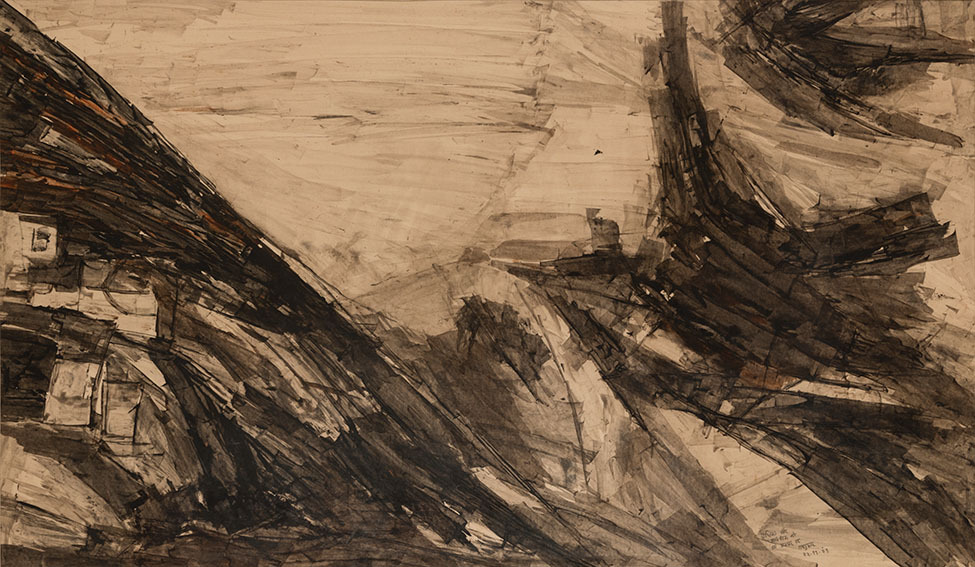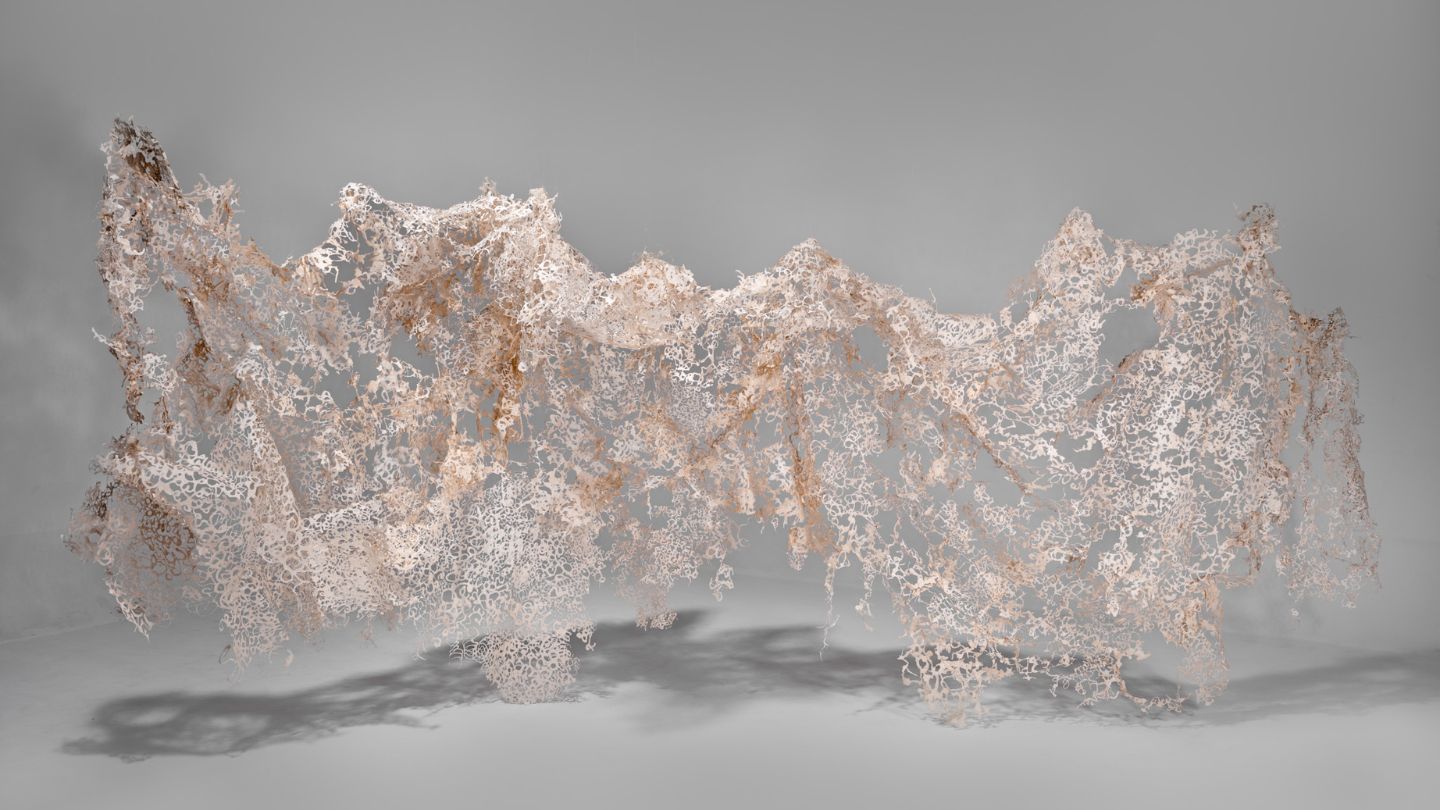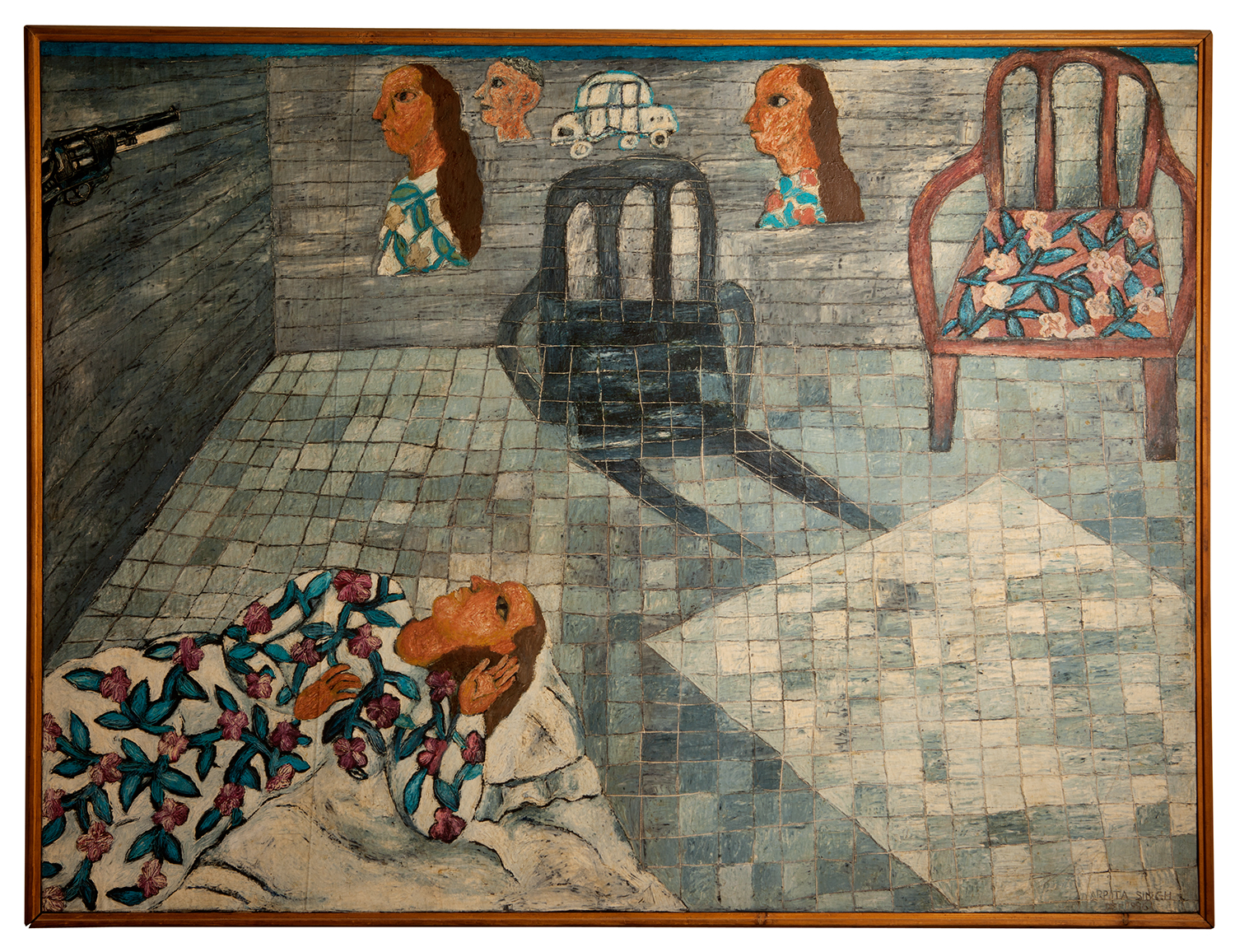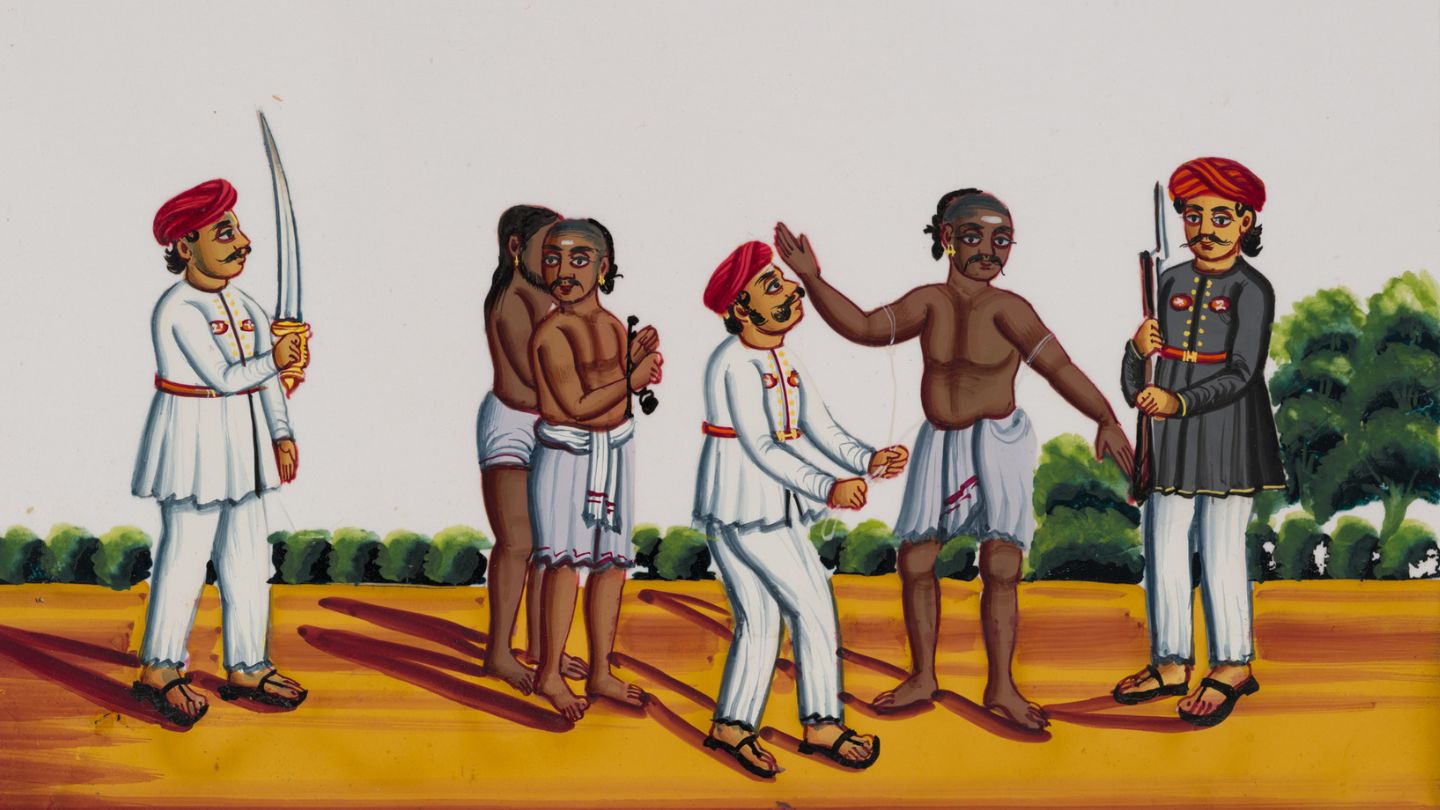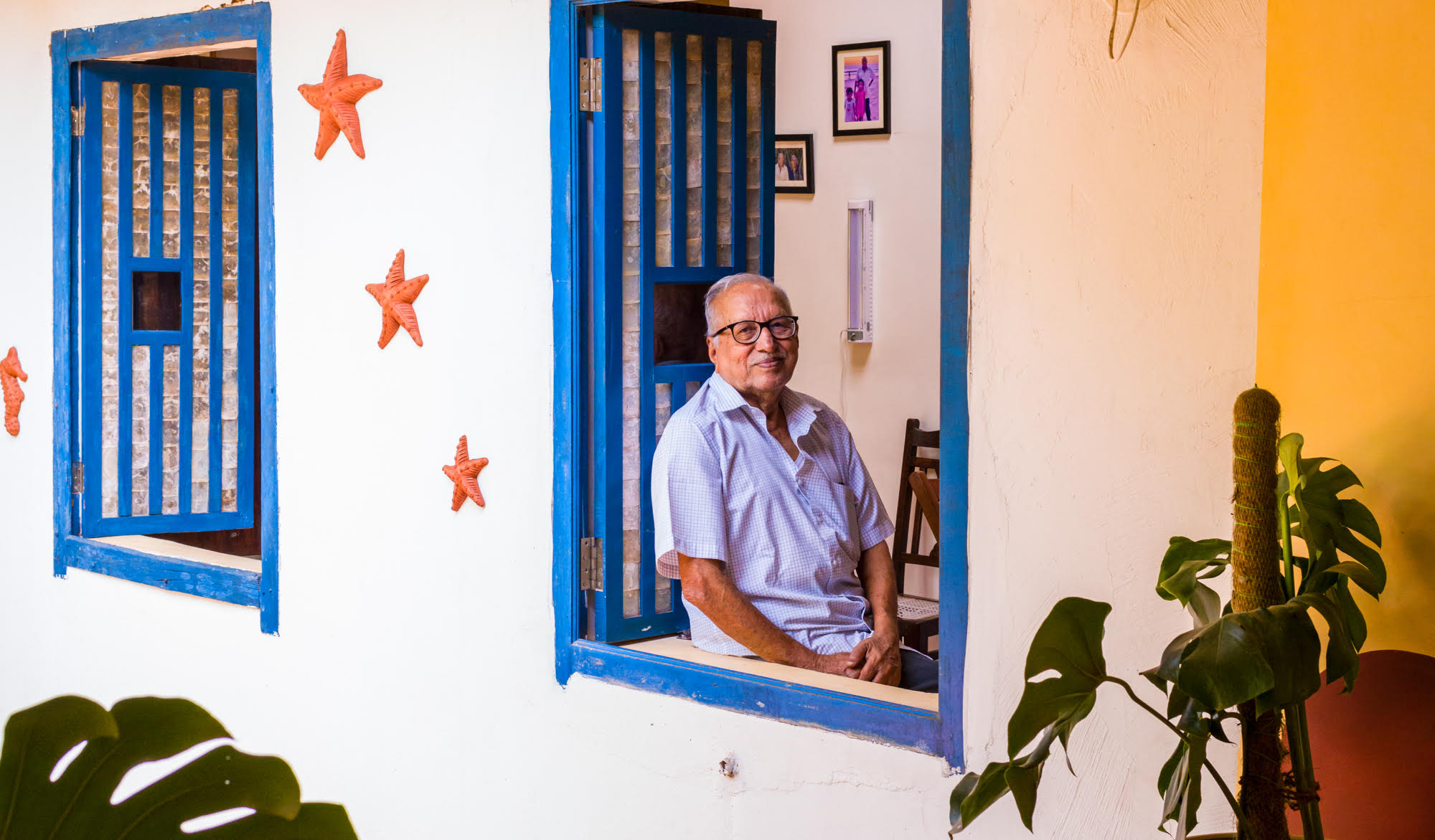Blogs
The Glory of a Sacred Text
Prof. BN Goswamy
Like the layered world that Indian painting is, this seemingly simple, geometrically organised, almost dry-looking, and relatively late painting, seems to say many things at once.
Like the layered world that Indian painting is, this seemingly simple, geometrically organised, almost dry-looking, and relatively late painting, seems to say many things at once. Being the last folio of a series ‘illustrating’, as it were, one of the great Puranas, the Bhagavata, it sums up the greatness of that sacred and ancient text. All stories have obviously been told, all episodes rendered. But here, the painter turns to draw the viewer’s attention to the pre-eminent position that this 18,000 verses long text occupies among all the Puranas, traditionally listed as eighteen in number. “Just as the Ganga is the foremost and the holiest among rivers … just as the holy place Kashi is unexcelled in all the sacred places”, so is the Bhagavata: pure knowledge, supreme dispassion, intense devotion, are what mark it.
The left half of the painting is devoted entirely to visually establishing that place of pre-eminence: in a royal setting, at the heart of a circle made up of low chauki-stools on each of which rests a manuscript, symbolising a Purana, is a throne-like structure – elegant legs, high scalloped back, all made of gold studded with precious stones, a royal chhatra-parasol topping it – on which is placed the Shrimad Bhagavata, like a sovereign presiding over a sabha of courtiers and feudatories who are the other seventeen Puranas, each separately named.
While one registers this part of the painting, in the right half one sees how the Purana was transmitted across time and space: by Vishnu himself who instructs Brahma in its mysteries; Brahma, who in turn transmits it to the divine sage, Narada; onwards from Narada to Vyasa, Vyasa to Shukadeva, and finally Shukadeva to the king Parikshit. Nothing else intervenes in this space, neither landscape nor adornment. The devotee has been reminded; a message has been conveyed with limpid clarity.
The work comes from a Jaipur workshop and carries the name of the painter, Salig Ram, in the top margin.
